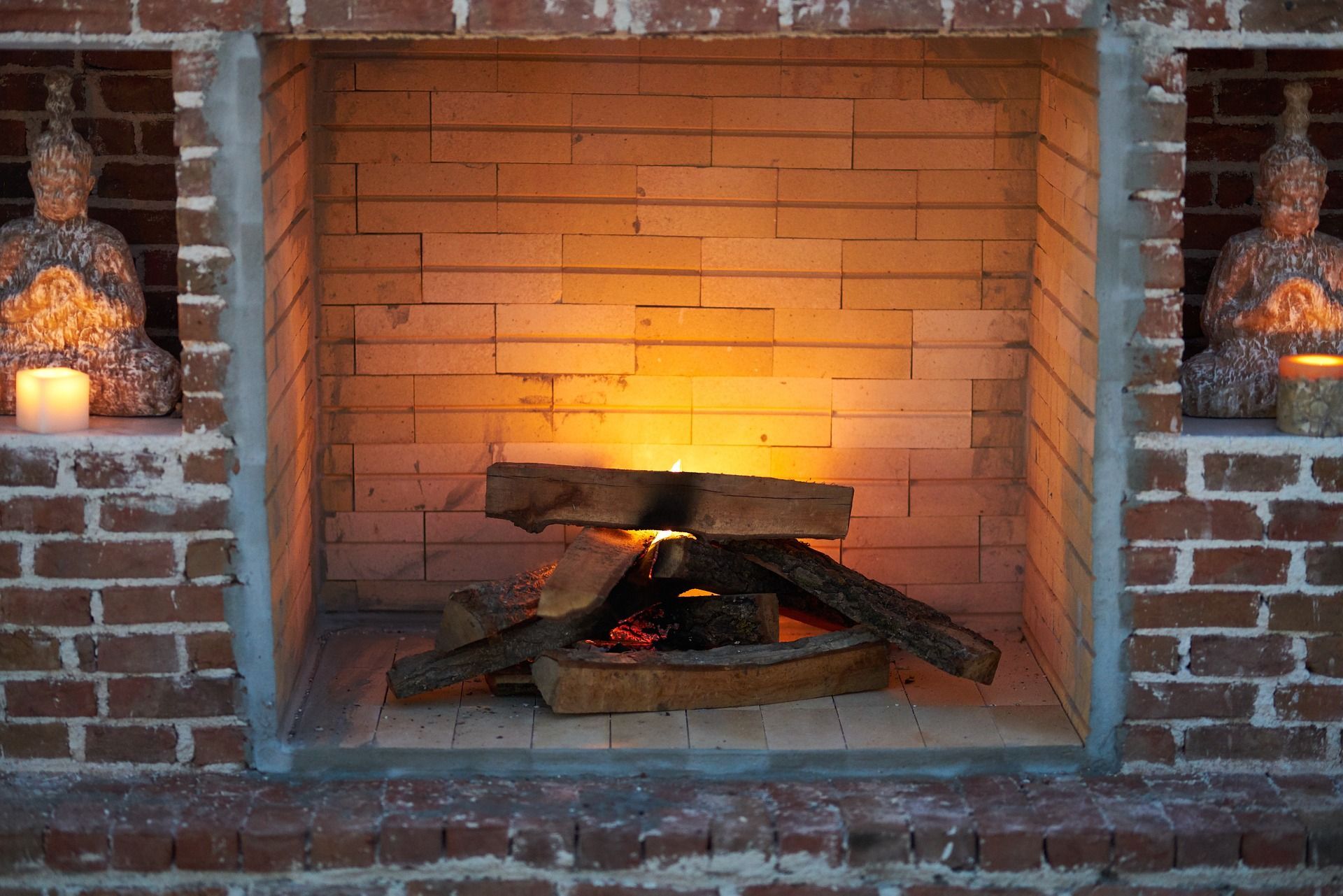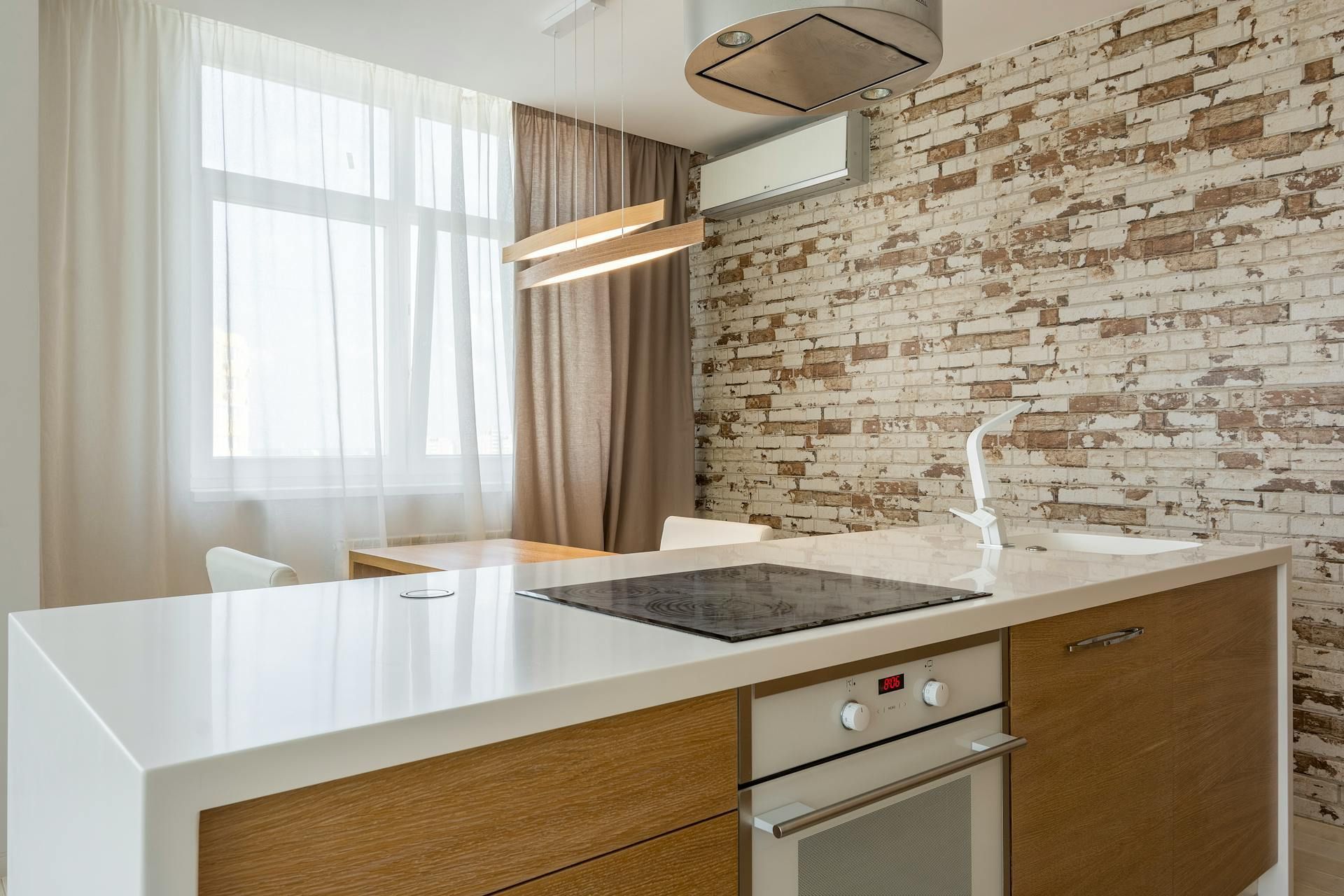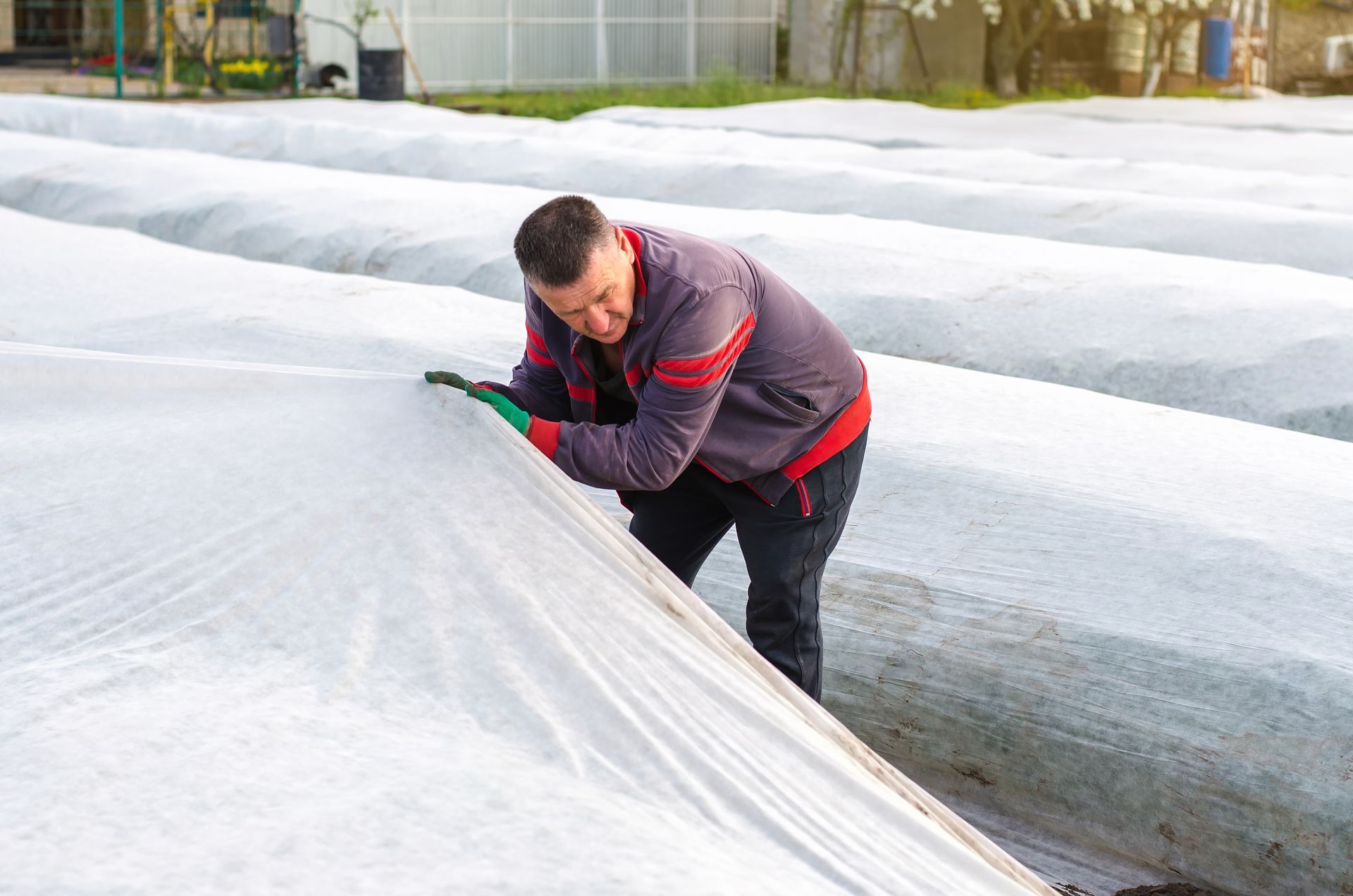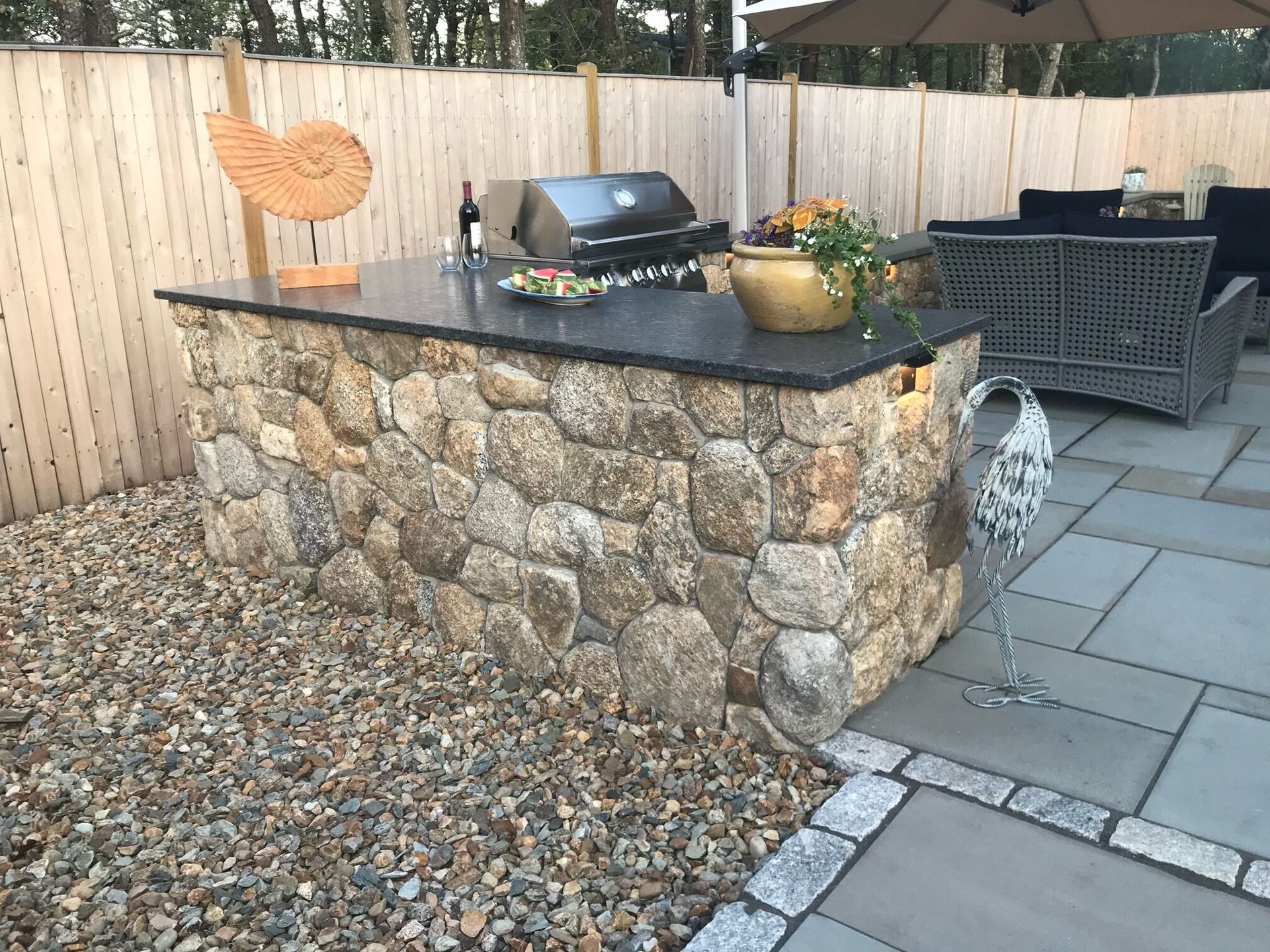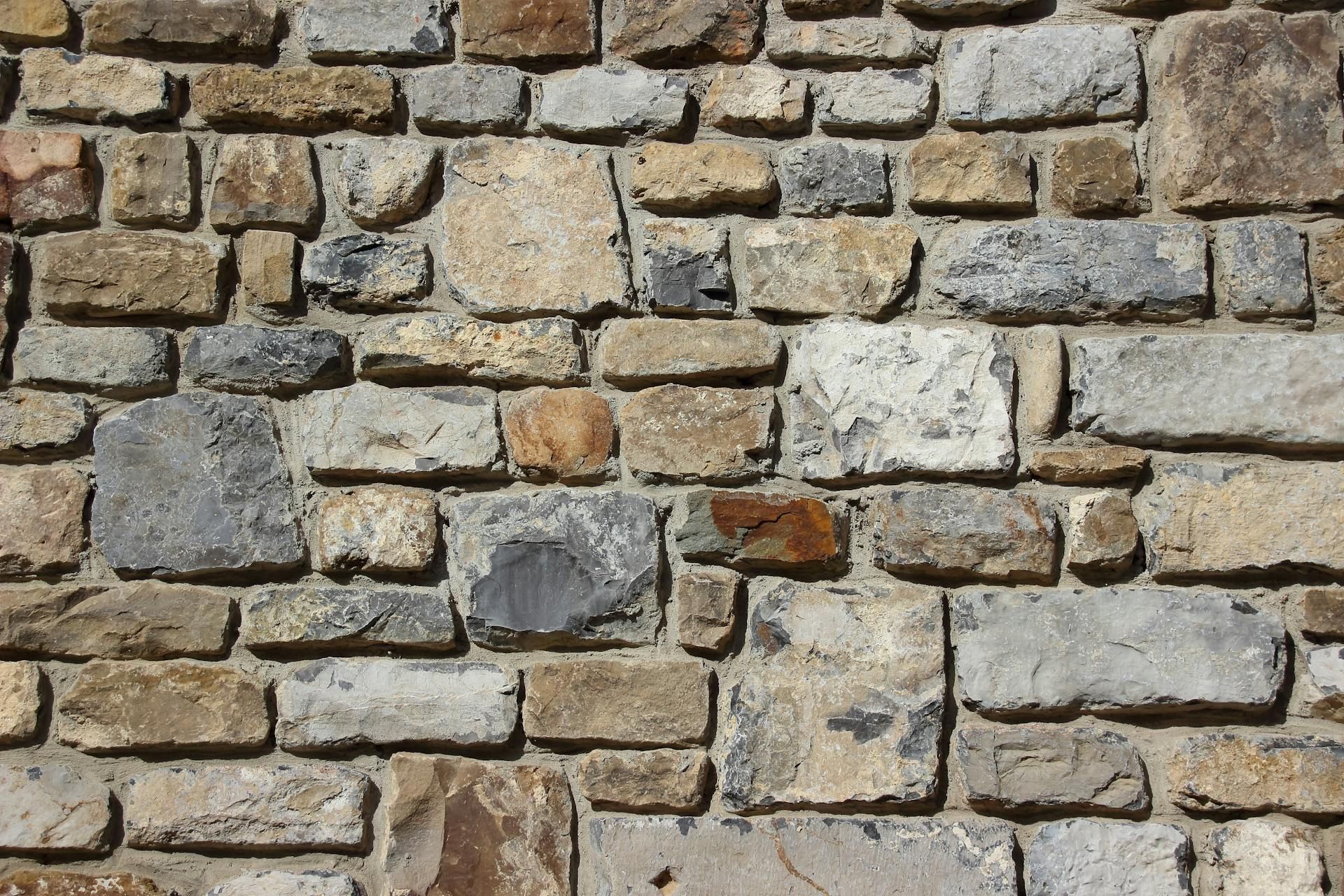Exploring the Various Structural Types of Retaining Walls
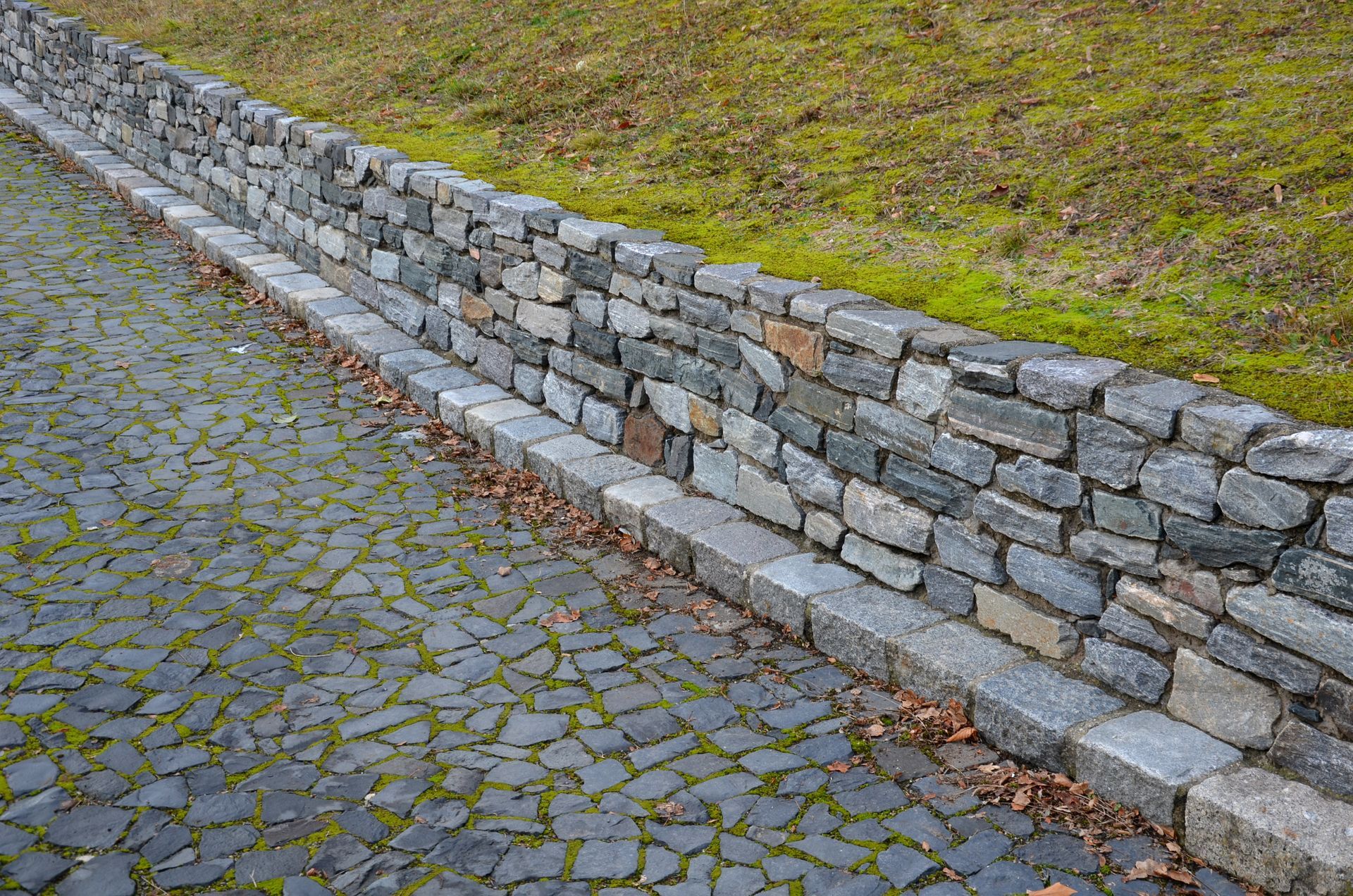
Retaining walls play a vital role in civil engineering, providing stability and preventing soil erosion in a variety of applications. These structures are designed to withstand the lateral pressure exerted by soil and retain it in a stable manner. However, not all retaining walls are created equal. There are various structural types available, each with its unique characteristics and suitability for specific environments and project requirements. In this blog post, we will delve into the world of retaining walls and explore the different structural types that engineers utilize to create robust and efficient solutions.
Gravity Retaining Walls
Gravity retaining walls derive their stability primarily from their weight and mass. These walls rely on their self-weight to resist the lateral pressure of the soil and maintain stability. Common materials used for gravity walls include concrete, stone, brick, and gabions (wire mesh filled with rocks). Gravity walls are typically robust and are suitable for low- to medium-height applications. They are often seen in residential landscapes, garden terraces, and small-scale infrastructure projects.
Cantilever Retaining Walls
Cantilever retaining walls are designed with a reinforced concrete base or footing, and they utilize an L-shaped cross-section to counteract the soil pressure. This type of retaining wall transfers the lateral pressure from the soil to the base via a horizontal slab or footing, which extends into the retained soil. The mass of the wall and the footing acts together to create stability. Cantilever walls offer greater flexibility in terms of height and are widely used in various civil engineering projects, including highways, bridges, and commercial buildings.
Sheet Pile Retaining Walls
Sheet pile retaining walls are commonly used in scenarios where space is limited or when construction needs to be completed in close proximity to existing structures. This type of wall is created by driving interlocking steel or vinyl sheets into the ground to form a continuous barrier. The sheets resist lateral soil pressure by their ability to penetrate the soil and provide structural stability. Sheet pile walls are often employed in waterfront structures, underground parking lots, and temporary construction applications.
Anchored Retaining Walls
Anchored retaining walls are specifically designed to counteract high lateral soil pressures or unstable soil conditions. These walls employ a combination of a basic retaining wall structure, such as gravity or cantilever walls, and additional support from anchors. Anchors are cables or rods that extend horizontally into the soil behind the wall and are secured with anchors or deadman plates. The use of anchors increases the overall stability of the wall by distributing the forces deeper into the soil. Anchored retaining walls are frequently used in challenging projects such as deep excavations, bridge abutments, and large-scale infrastructure projects.
Gabion Retaining Walls
Gabion walls are an innovative and eco-friendly solution for retaining walls. They consist of wire mesh baskets or boxes filled with stones or other locally available materials. These boxes are stacked and interconnected to create a retaining wall system. Gabion walls provide excellent drainage and allow vegetation to grow, making them visually appealing in landscape projects. They are commonly used in soil erosion control, riverbank stabilization, and noise barriers.
Reinforced Soil Retaining Walls
Reinforced soil retaining walls combine the principles of soil mechanics and engineering geosynthetics to create stable structures. These walls are constructed by reinforcing soil layers with horizontal layers of geosynthetic materials, such as geogrids or geotextiles. The reinforced soil mass resists the lateral pressure of the retained soil, providing stability. Reinforced soil retaining walls are versatile, cost-effective, and can be built with locally available materials. They find applications in a wide range of projects, including road embankments, railway cuttings, and steep slopes.
Conclusion
Retaining walls come in various structural types, each designed to suit specific project requirements, soil conditions, and environmental factors. Gravity walls, cantilever walls, sheet pile walls, anchored walls, gabion walls, and reinforced soil walls all offer distinct advantages and applications. As engineers continue to innovate, retaining wall systems will evolve further, providing enhanced stability, durability, and sustainability. Understanding these different types of retaining walls allows professionals to make informed decisions and design efficient structures that stand the test of time while preserving the natural environment.
NH Thinstone
760 NH-16
Ossipee, NH 03864
CALL US
Phone: (603) 837-6685
EMAIL US
Email: ordersnht@gmail.com
HOURS
- Monday
- -
- Tuesday
- -
- Wednesday
- -
- Thursday
- -
- Friday
- -
- Saturday
- Appointment Only
- Sunday
- Appointment Only
Copyright © 2023 NH Thinstone, All Rights Reserved.

